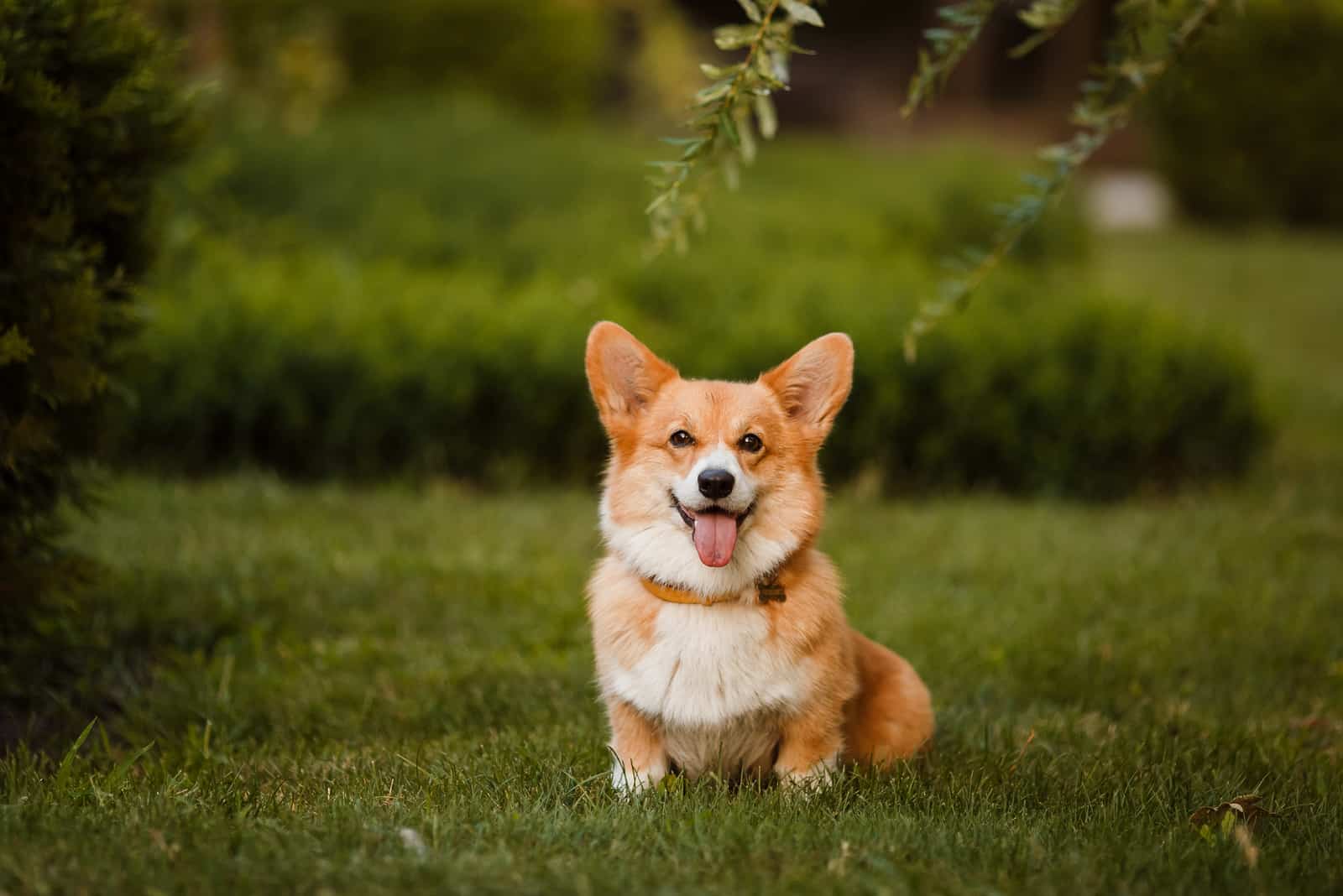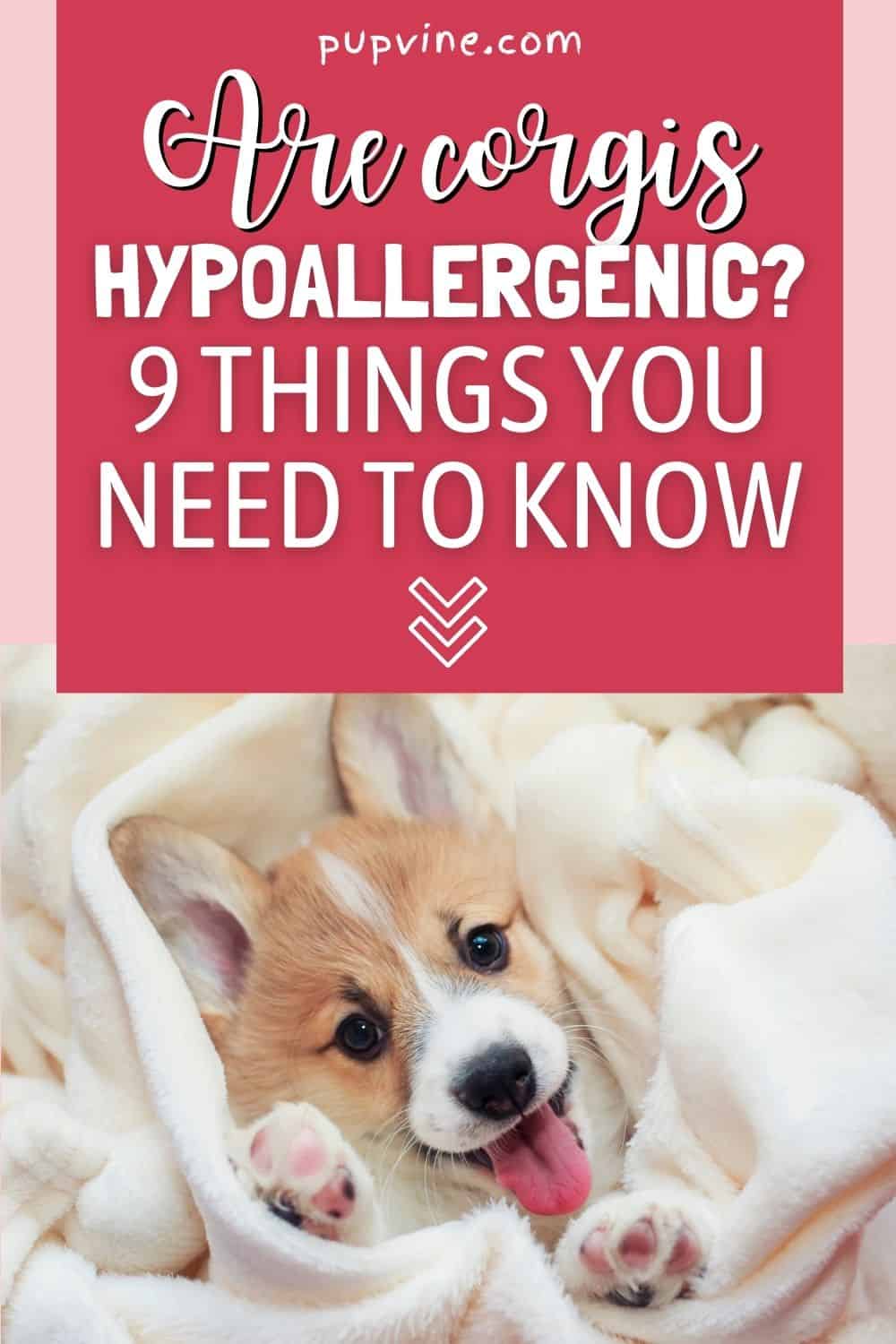Allergy sufferers often wonder if there are dog breeds that won’t make their symptoms worse. Despite their long, fluffy coat, many people still question if Corgis are hypoallergenic.
Corgis are one of the most loved dog breeds out there. They look cute, are temperamental, and no one can resist their adorable, tailless butts.
However, considering they look like dogs that shed a lot, are they suitable for people with allergies, or will they make their reaction worse?
We’ll explore this issue in this article.
1. Breed Overview
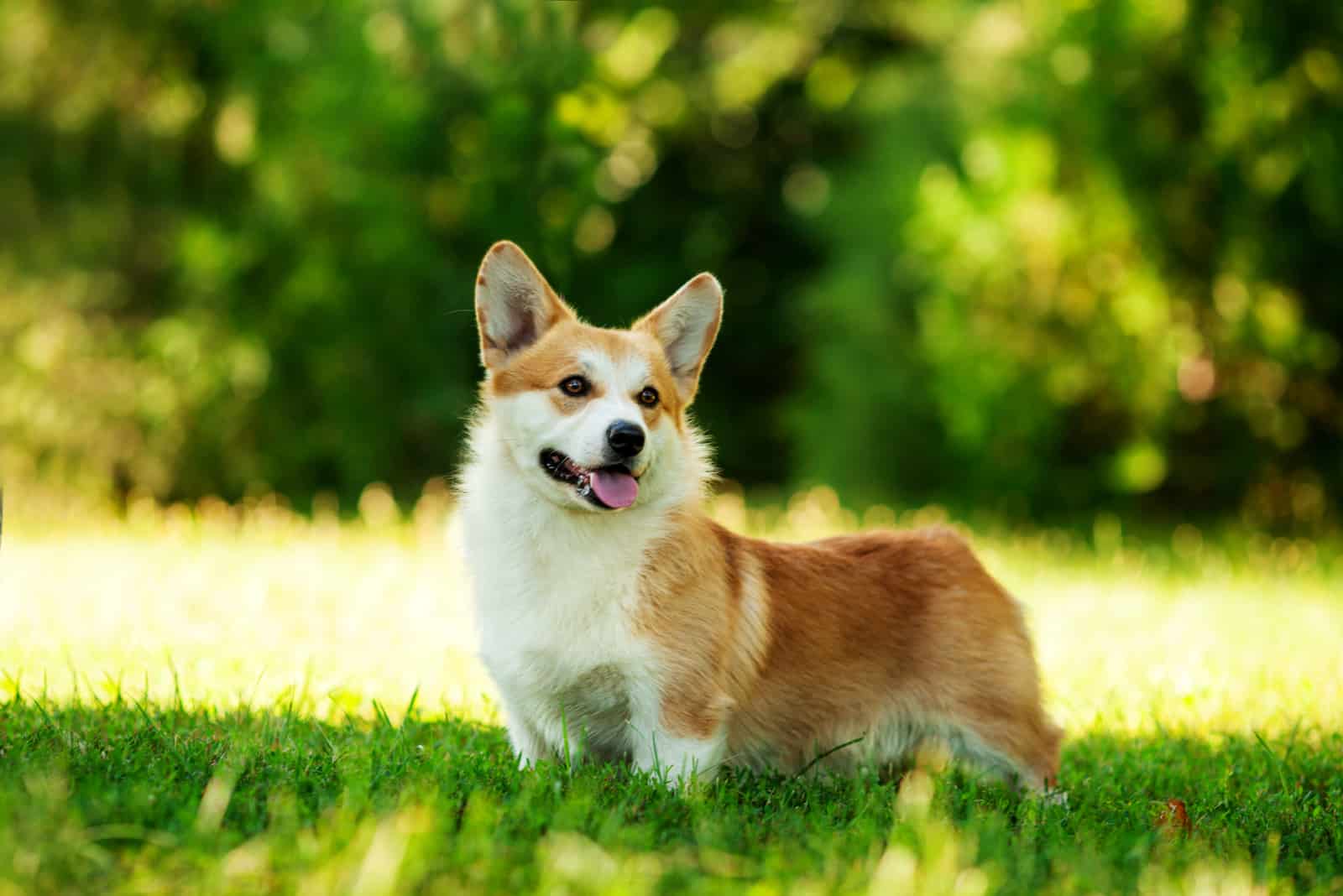
To better understand if Corgis are hypoallergenic, we need to talk about this breed a little bit more.
There is more than one breed of Corgis. You may be surprised to find out that there is the Pembroke Welsh Corgi and the Cardigan Welsh Corgi.
The Cardigan Welsh Corgi is the oldest of the two breeds. These dogs have existed in Wales for over 3,000 years! However, most people think of Pembroke Welsh Corgis when they think of this breed.
While it is believed that Cardigans are a native Welsh breed, Pembrokes were most likely brought to Wales by the Vikings, and they probably descended from a Nordic Spitz breed.
The breed’s name is derived from the Welsh words for “dwarf dog,” “cor gi.” People bred them to be herding dogs. Both are part of the American Kennel Club’s (AKC) Herding Group, and the United Kennel Club also recognizes them.
As working dogs, Corgis helped farmers herd cattle while also keeping them safe from predators. They would also help their owners take their sheep and cows to the market or the field.
Another role Corgis played was as vermin exterminators. There wasn’t a single pest that these dogs couldn’t catch.
Farmers respected this dog breed so much that it was forbidden by Welsh law to harm or steal these canines, who were commonly treated as real family members.
Slowly, Corgis moved from the field into our homes, as they became one of the world’s most beloved family pets. In fact, they are the breed of choice of Queen Elizabeth II!
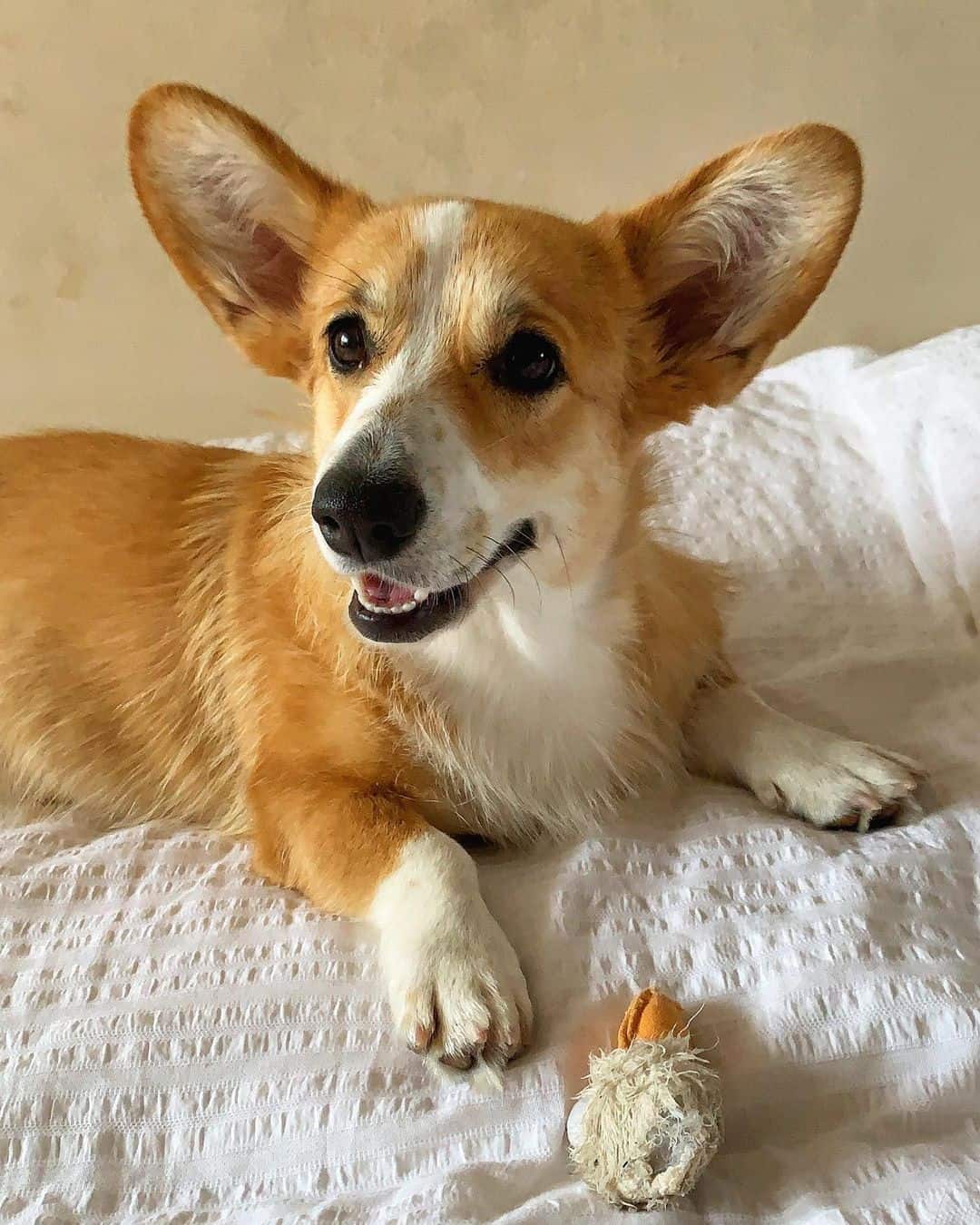
Photo from:@amelie_corgik
However, it wasn’t until 1919 that the Corgis were shown in English dog shows. A few years later, in 1926, the English Cardigan Welsh Corgi Association was founded. During this time, Pembrokes and Cardigans were considered one breed, and people often crossbred them.
In the late 1920s, a red and white Corgi called Bob Llwyd influenced the traditional look this breed would have in the next period. He was the father of Ch. Golden Arrow, the breed’s first champion, who finished the tournament in 1931.
That same year, the first pair of Corgis were brought to the United States, and slowly, the breed spread worldwide. It was around this time that the Pembrokes and Cardigans were finally considered different Corgi breeds.
There are many similarities between the Pembrokes and the Cardigans. Both are dwarf dogs with short legs and heavy, muscular bodies. They have large, upright ears and a thick, double coat.
At the same time, there are plenty of differences between them. The most noticeable one is their tail, or in the case of Pembrokes, their lack of one. Read more on this topic in our article Do Corgis have tails.
Also, Cardigans are a bit bigger and have somewhat rounded ears compared to the Pembrokes.
Their fur color is also different since Cardigans come can in many colors and markings. At the same time, Pembrokes can be only red, sable, and tricolor.
1. Corgi Coat Type
Both Corgi breeds have a waterproof, medium-length, thick double coat consisting of a soft, fairly light undercoat and a courser outer coat.
Some Corgis can even have a long, fluffy coat, giving them a unique appearance. Cardigan Welsh Corgis tend to have longer coats than Pembrokes, but even the Pembrokes can be considered fluffy.
No matter the coat’s length, all Corgis have dense fur that requires plenty of brushing and grooming.
Even if you have a Corgi mix breed, it will almost certainly inherit their Corgi parent’s double coat, so get your brushes prepared.
2. Do Corgis Shed?
To understand if Corgis are hypoallergenic, we first have to take a good look at their fur. So, do Corgis shed, and how bad is it?
The Welsh Corgi is a breed deemed as one of the worst shedders among canines.
Every Corgi owner can confirm that these doggies shed a lot. If you plan on getting a new Corgi puppy, this is something you need to be prepared for, so you can do all that’s necessary to manage the amount of shedding.
If you get a Corgi, you have to understand that the hair will be everywhere: on your clothes, your furniture, your floor, it will even creep its way to your guest’s clothes! If you’re not ready to clean the hair every day, maybe this dog breed isn’t the best choice for you.
Between the two Welsh Corgi breeds, there isn’t really a massive difference between the amount of shedding. The same goes for whether your pooch has a long or short coat. A Corgi will shed no matter what.
3. What Affects The Shedding?
While shedding is a natural process as this is how hair regenerates, there are several reasons behind the excessive shedding in Corgis.
The leading cause of the high amount of shedding is the Corgi’s double coat. As we’ve already mentioned, Corgi’s fur consists of a short, insulating undercoat and a longer and thicker outer coat.
As the fur changes randomly, and not all at once, it will appear like a Corgi is continuously shedding. In fact, they tend to shed so much, owners sometimes wonder if their pooch is losing hair, which is usually not the case – but more on that below.
Another thing that can affect the amount of shedding is the change in seasons. A Corgi’s hair growth cycle adapts to the seasons. In the winter, its inner coat will become thicker to provide better insulation.
Once the weather becomes warm again, this amount of insulation is no longer needed, so your pup will shed it. At the same time, the longer, fluffy coat might grow more. This is because the outer coat keeps your Corgi cool in the summer heat.
As winter approaches, a Corgi will shed once again, replacing the long outer coat with a thick undercoat. Once the cold weather is over, the cycle will repeat.
As you can see, Corgis belong to dog breeds that have two shedding seasons. However, it’s entirely normal for them to shed a lot all year-round.
4. How Much Is Too Much?
While Corgis are huge shedders, there is aare certain points when you need to worry about your pooch.
Suppose you notice a considerable increase in the amount of shedding, as well as bald patches. In that case, you should be alarmed because something might be seriously wrong.
One of the reasons why this can happen is poor nutrition. You always need to feed high-quality dog food to your four-legged best friend; otherwise, his skin and hair will suffer. You can find plenty of healthy pet food on sites such as Amazon.
Think about how you feel and look when you eat poorly. Your skin would become dry, and you might even experience an amount of hair loss. The same goes for your poorly-fed pup.
The opposite is true for Corgis that are well-fed and have beautiful smooth coats that will attract everyone’s attention. You’ll know a Corgi is getting enough omega-3 and omega-6 fatty acids just by the look of their coat.
A good idea for ensuring your pooch has the best diet possible is to replace dog treats with healthy snacks, such as paprika or artichokes.
On the other hand, avoid giving him spicy human foods, or any processed foods such as whipped cream, ham, or pretzels.
Check our Corgi feeding chart for more information on this dog’s nutritional needs.
Another thing that can increase the amount your Corgi sheds is poor grooming. Regular brushing is the key to your pup having shiny fur that doesn’t shed excessively.
It would be best if you groomed your Corgi daily to ensure you’ve brushed all the dead hair from its coat. It would be wise to take him to a professional groomer every now and then as they’re trained to take care of a Corgi’s thick undercoat.
Stress is another factor that can increase the amount of shedding. Your pooch can become anxious about many things, but this usually happens because of environmental or lifestyle changes.
If you’ve recently moved or brought another pet into your family, and you notice your Corgi shedding more than usual, chances are he is stressed out. Try finding a way to comfort him and help him make peace with the new situation.
Finally, hair loss can be an early sign of a severe illness.
One thing that can lead to Corgi’s shedding is a change in his hormones. A dog will shed more if he has certain health issues, so this might be a good time to take your pup to the vet.
5. Are Corgis Hypoallergenic?
Now that we know all the breed information, as well as their coat type and the amount of shedding one can expect, we can talk about the primary concern.
Are Corgis hypoallergenic?
The short answer would be:
No, Corgis are not hypoallergenic.
However, there is more at stake, and we have to delve a bit deeper to answer this correctly.
What Does Hypoallergenic Mean?
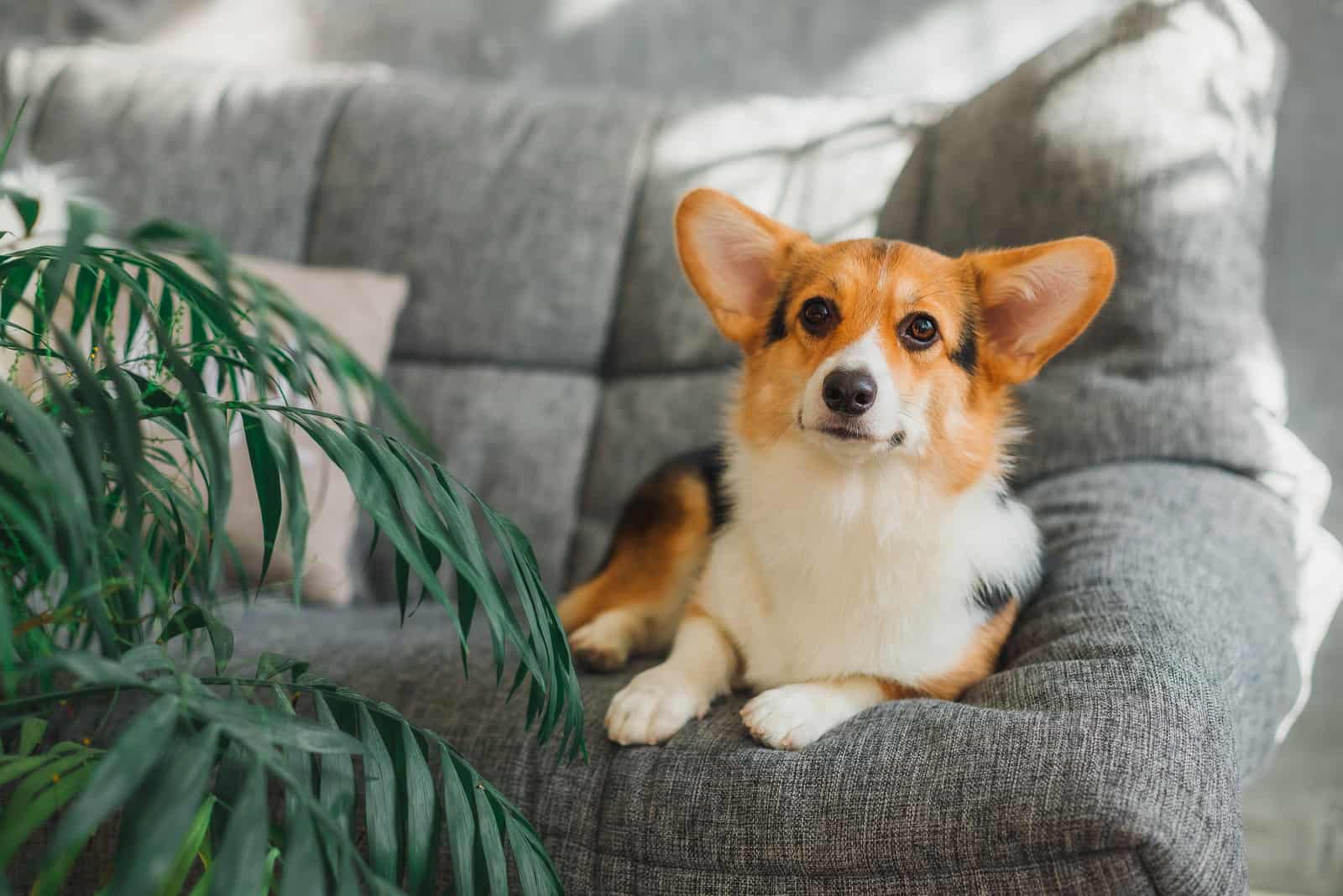
You’ve probably seen this term on many products such as bed sheets, clothing, mattresses, towels, even vacuum cleaners. But, do you know what hypoallergenic even means?
To be considered hypoallergenic, there would have to be little to no chance of it causing allergic reactions.
If you’re an allergy sufferer, you know how much being next to a dog can affect your breathing. Not to mention all that extra care you need to take when picking the best dog breed for you!
It seems like getting a hypoallergenic dog would be the solution to several problems.
But, is it that easy..?
Believe it or not, there isn’t a single dog that can be truly hypoallergenic. This is because it isn’t dog hair that’s making you sneeze and cough, but it is, in fact, its dander, saliva, and urine.
Dander is made of tiny specks of dead skin, and this is what most people are allergic to. Pet dander will stick to its fur before flying away all over your house. This is why it might seem like it’s the dog hair causing you issues.
Every dog has dander. This is something you can’t avoid. However, if a canine has dry skin, it’ll produce more dander, especially when it scratches.
In other words, even hairless dogs can trigger an immune system response and cause an allergic reaction. This means there are no truly hypoallergenic dog breeds, no matter what a breeder might tell you.
Another thing that might give you dog allergies is the proteins from its urine and saliva, which all dogs secrete.
Not to mention that your pup might bring in several allergens from outside! When you have a dog, you can never truly escape the things that are causing you issues.
Luckily, there are ways to manage the number of allergens you’ll be in touch with.
Regular grooming is the key, as this will help you control how much a dog may shed. Of course, getting a dog that doesn’t shed can also help.
Also, it would be best if you clean your house as much as possible. This will help you get rid of dander on the floor and furniture.
You may also try to improve your HVAC system by installing a HEPA filter, which will greatly help you get rid of any dander particles and hair flying in the air.
So, Are Corgis Hypoallergenic?
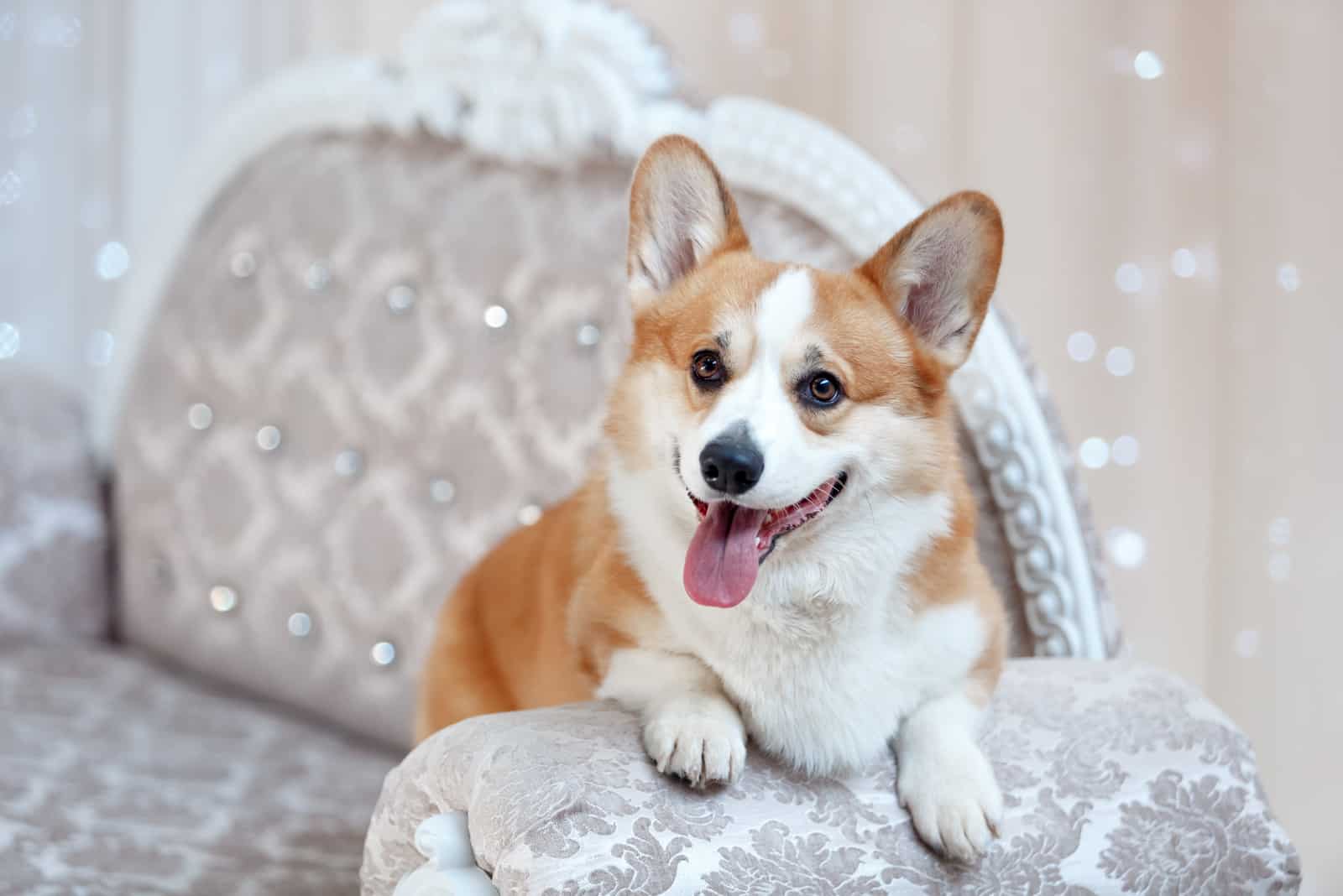
Sadly, Corgis are not hypoallergenic by any standard. In fact, they are far from it.
No matter which type of Welsh Corgi you get, this breed sheds a lot, and you’ll find their hair everywhere. This includes even your food and the air you breathe!
There is no way to shield yourself from Corgi hair if you have this dog breed. You will have hairs on every item you own, even if you try protecting it by placing it in your closet or a cupboard.
Corgis can cause an allergic reaction even if you’re already used to having another pet in your house. This is because each individual dog can carry different stimuli in its coat.
Of course, this doesn’t mean you shouldn’t get a Corgi. You’ll simply have to take some additional preventive measures if you want to be a Corgi owner with a dog allergy.
1. What Can You Do?
Allergy symptoms vary from person to person and can appear suddenly, even if you’ve never experienced any issues with your dog before. Most sufferers will experience sneezing, coughing, itchy eyes, or skin rashes.
Luckily, there are things you can do to help yourself.
While there is no way to get rid of your allergy in the long-term, there are ways to manage it. The most important thing you should do is visit your doctor, who might give you antihistamines or some other medication.
You can even use several methods to test to see if you’ll have issues with a specific dog you plan on getting from a breeder or local shelter. Still, visiting a doctor is the best way to determine what exactly is causing you issues.
But, there are ways you can provide additional help for you and your household.
If you ensure your house has less dander – or even better, almost no dander at all – you will be able to breathe more freely.
Groom your dog regularly to spread the oils from his skin, which will moisturize the hair follicles, reducing shedding. Also, vacuum your house daily, so there are no dog hairs on the floor.
If you notice allergy symptoms all of a sudden, try collecting some dander samples and taking them to your doctor. They will likely be able to test your immune system response and see if it truly is your dog that is giving you headaches – literally.
2. Consider A Mixed Corgi Breed
Often, mixed breeds will shed less than their purebred parents. The same goes for Corgi mixes. This is the case with a Corgipoo, a crossbreed of Corgi and a poodle.
As you may know, different breeds shed in different amounts. Breeding a dog that is a massive shedder with a dog that barely even sheds can result in offspring that are considered hypoallergenic – although, remember, every dog can give you allergies.
Corgipoo is the perfect example of this. Suppose they inherit more genetics from their Poodle parent; they will shed very little, making them a better choice for allergy sufferers.
As the poodle is one of the most popular ‘hypoallergenic’ dog breeds, it is only logical that mixing it with any other dog results in higher chances of pups that don’t produce as much dander as their other parent would.
Keep in mind that getting a hybrid breed can be somewhat risky. There is no way of knowing how the puppies will look like and which genetic material they’ll have more of. Still, if you know a reputable breeder, you may get a glimpse of what you’re getting.
Also, it’s important that you think about the Corgi mix you’ll get, especially if you don’t want to get a Corgipoo. Some mixes are better for people with dog allergies, as they are Corgi mixes with short-haired dogs that don’t shed that much. This includes:
- Corgi Great Dane mix
- Corgi Dalmatian mix
- Corgi Shih Tzu mix
While these mixed breeds aren’t considered hypoallergenic, they might give you fewer issues than purebred Corgis.
However, it’s also essential you avoid mixes with other dog breeds that experience high amounts of shedding, such as:
- Corgi Husky mix
- Corgi Pomeranian mix
- Australian Shepherd Corgi mix
- Golden Retriever Corgi mix
- Corgi Shiba Inu mix
- Corgi Labrador Retriever mix
3. Which Breeds Are Better For Allergy Sufferers?
If, after reading this, you’ve realized that getting a Corgi is too risky because of your allergies, don’t worry.
There are several other dog breeds you can get that might cause you fewer issues, such as the poodle, which we’ve already mentioned.
While a few breeds rumored to be hypoallergenic certainly aren’t – such as Shih Tzus – others are known to cause very few problems for people with dog allergies.
Some dog breeds that aren’t likely to cause allergic reactions are…
Bichon Frise
This is right next to the poodle, one of the most well-known hypoallergenic dog breeds in the world. These gentle, playful dogs have a coat that grows continually and rarely sheds, meaning you won’t have too many breathing issues.
Keep in mind this breed requires regular grooming, as its fine fur is prone to matting. Also, this is a fairly active dog breed, so be prepared for some outdoor action.
Chinese Crested
While this breed isn’t considered the most beautiful, it has one great advantage for people with dog allergies: It’s almost hairless. While this doesn’t stop dander, it can keep it from spreading around.
These pups are great for families, and they can get along with anyone. Just take good care of their sensitive skin, and you’ll have yourself a loveable and unique companion.
Maltese
The Maltese are small, cute dogs with a fierce personality. They are among the most fearless breeds, even though they can’t really do a good job defending you – they’ll simply look stylish and funny while they bark at intruders.
The Maltese is a long-haired breed with a silky white coat that can matt quickly, so you’ll need to brush it regularly. However, it won’t shed, so your house won’t need any heavy-duty cleaning.
Kerry Blue Terrier
If you’re an active person that wants a pet that can join you in many sporting activities, then a Kerry Blue Terrier is the right dog for you. This dog loves to play, and it would spend all day running outdoors if it could!
This breed has short, curly fur that won’t shed too much, so they aren’t likely to cause any allergies. Just take your pooch to the groomer every few months, as its coat needs some taking care of.
Miniature Schnauzer
This tiny and funny-looking creature is one of the best watchdogs you could possibly get. They are brave, smart, and overly happy while at the same time capable of adapting to various living environments.
The Miniature Schnauzer has short fur, except on his muzzle, giving the breed its famous bearded look. While their double coat requires some clipping, it will barely shed, so it won’t spread pet dander around.
Bedlington Terrier
This gentle and loveable dog breed is easily recognized by its curly coat that will make you think of lamb’s wool. As the breed doesn’t shed a lot, it’s perfect for any allergy sufferer out there.
Also, these dogs require minimal exercise and maintenance. Just take them on daily walks, and they’ll be as happy as can be!
Portuguese Water Dog
Despite its waterproof, long coat, the Portuguese Water Dog doesn’t really shed. Most loose hairs get stuck on the outer layer of fur, so you can easily manage it with regular brushing. In fact, everyday brushing is the key to keeping this breed’s hair clean and shiny.
These dogs are very active and need daily exercise. At the same time, they are loyal and intelligent working dogs.
Conclusion
If you wanted to know if Corgis are hypoallergenic, you might be disappointed to learn that this dog breed can worsen your allergy symptoms.
Just because you’ve got a dog allergy doesn’t mean you should get rid of your beloved pet.
Luckily, medical advances have helped create many antihistamines that can help allergy sufferers be around their pooches. It’s vital to talk to your doctor if you know you have a dog allergy but want to get a Corgi.
Don’t despair if you’ve been advised against owning Corgis because of your health. There are many dog breeds out there, and one of them might be perfect for you.
Read Next: Shaved Corgi: To Buzz Or Not To Buzz, That Is The Question
